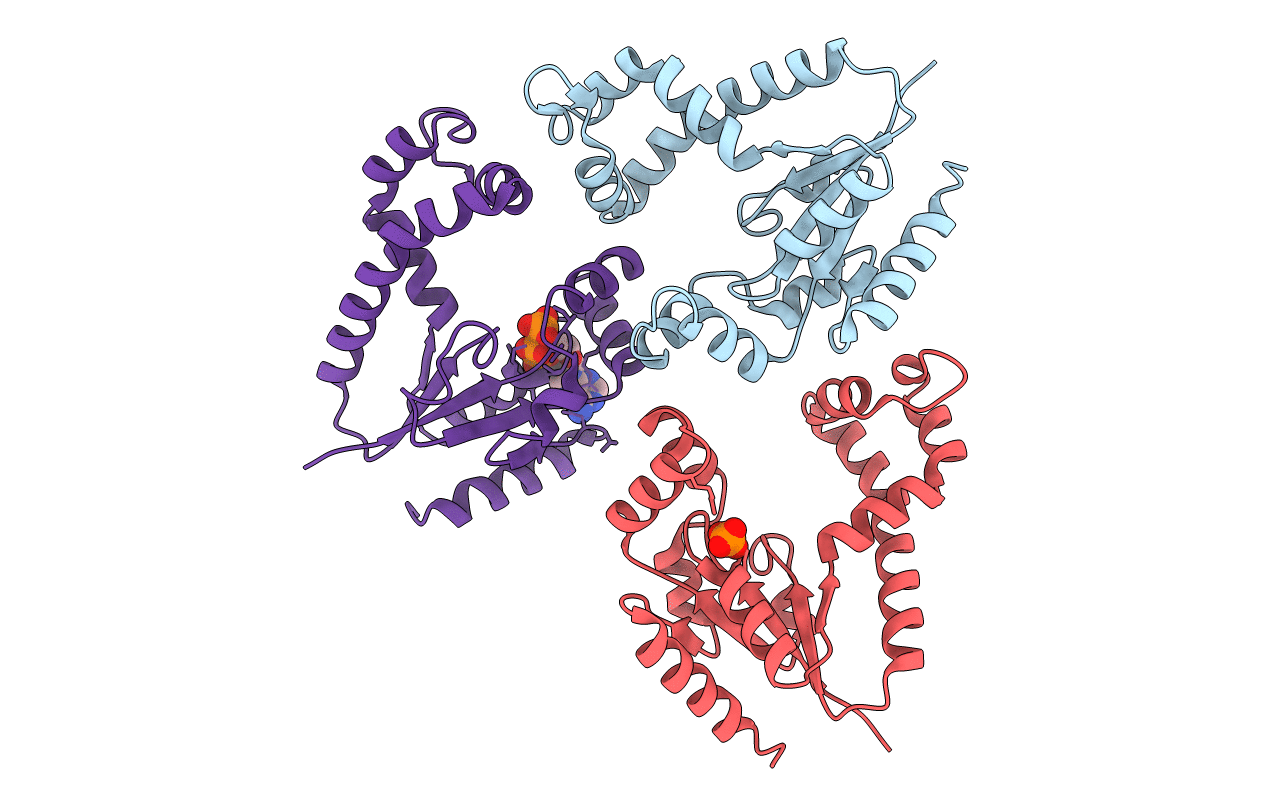
Deposition Date
2003-05-28
Release Date
2003-11-28
Last Version Date
2024-10-30
Entry Detail
PDB ID:
1UF9
Keywords:
Title:
Crystal structure of TT1252 from Thermus thermophilus
Biological Source:
Source Organism:
Thermus thermophilus (Taxon ID: 274)
Host Organism:
Method Details:
Experimental Method:
Resolution:
2.80 Å
R-Value Free:
0.3
R-Value Work:
0.22
Space Group:
P 32


